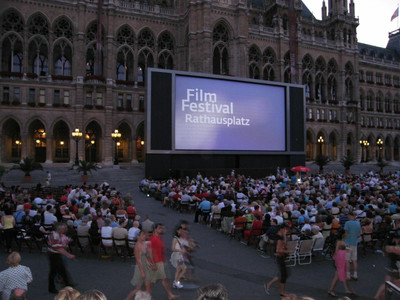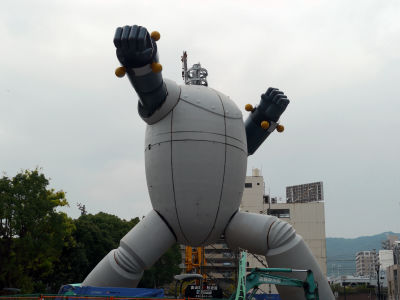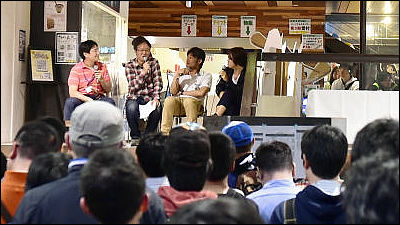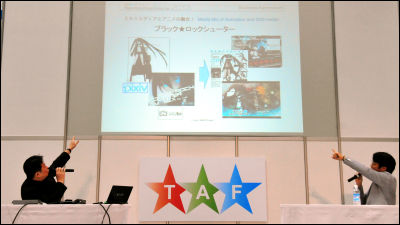What does it mean to aim for regional revitalization not by 'hosting events, attracting industry, and promoting sacred sites,' but by 'attracting archive facilities'?

At '
A good relationship between anime archives and the government - Machi Asobi
https://www.machiasobi.com/stage/200/
The lecture was given by Hideyuki Otsubo, Secretary General of the Japan Animators Directors Association (JANiCA) and a member of the Anime and Tokusatsu Archives Corporation (ATAC), a non-profit organization. The lecture was held as part of the Agency for Cultural Affairs' '2025 Media Arts Collaboration Infrastructure Development Promotion Project.'
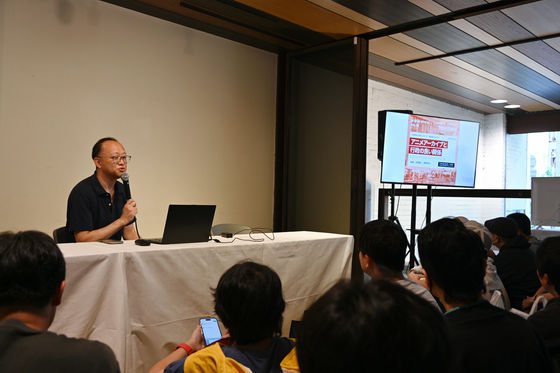
Otsubo spoke about the 'regional revitalization' efforts that local governments are undertaking in conjunction with anime and special effects, dividing them into four areas: 'hosting events,' 'attracting industry,' 'promoting sacred sites,' and 'attracting archive facilities.'
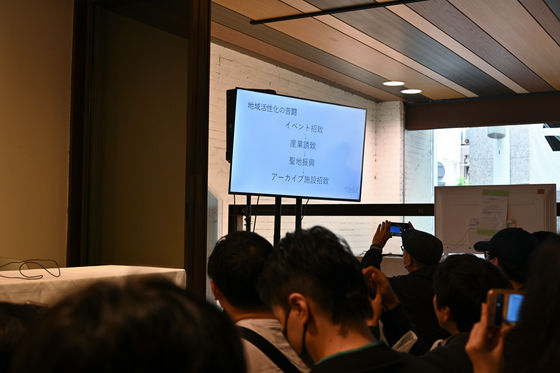
Examples of existing regional revitalization include events such as Tokushima's Machi★Asobi, Kyoto's
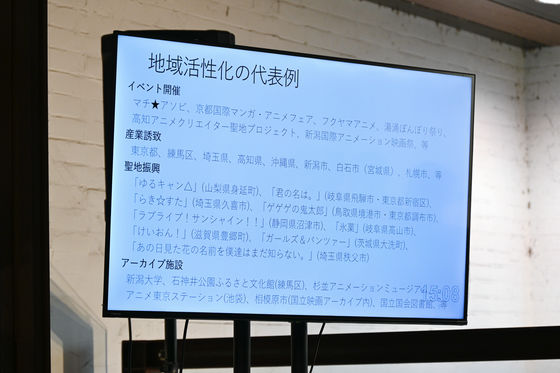
To give some specific examples of events, we can see that there are already events held all over the place throughout the year, including events for fans and film festivals.
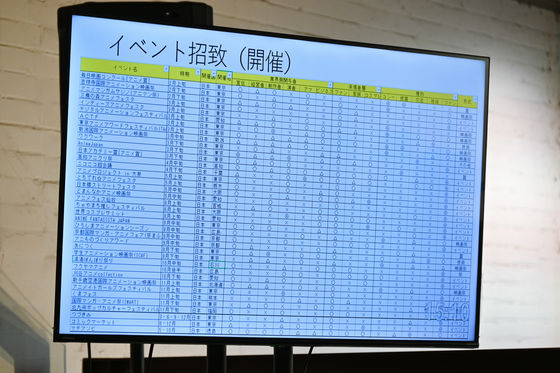
On the other hand, although there are about 800 animation production companies in Japan, most of them are concentrated in the Kanto region, particularly in Nerima and Suginami wards.
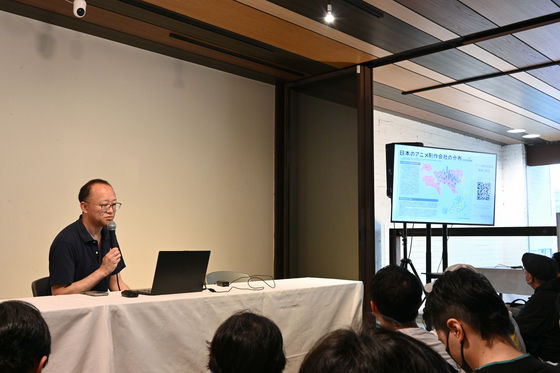
And there are already many cases of failure in regional revitalization involving anime and other things due to various factors. For example, as mentioned above, events are already held almost every week, making it a red ocean, and if there is no connection to the work, the customers who gather may lose interest. And attracting companies is difficult because the content industry is concentrated in Tokyo, and when a situation arises where they need just 10 more cuts, it is better to be close to the area, and animation production companies cannot survive without a lot of people to draw. Furthermore, promoting sacred sites is not easy because it is difficult to tie up with works, whether the work will be a hit is partly down to luck, and thorough preparation is required in advance.
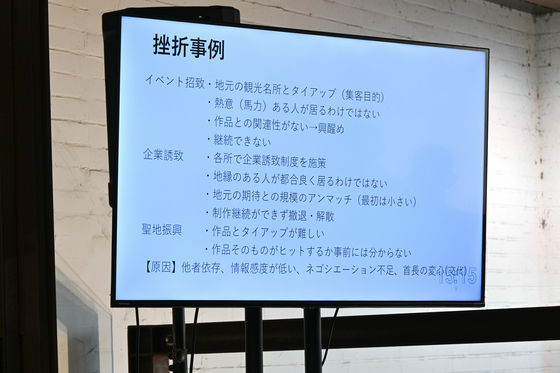
Problems on the administrative side included the fact that staff are generally transferred every two to three years, it being difficult to set up a budget because the accounting is on a one-year basis, there being no opportunity to interact with people in the anime industry in the first place, so it's impossible to build trust, and there being too much to do that makes it difficult to get things done.
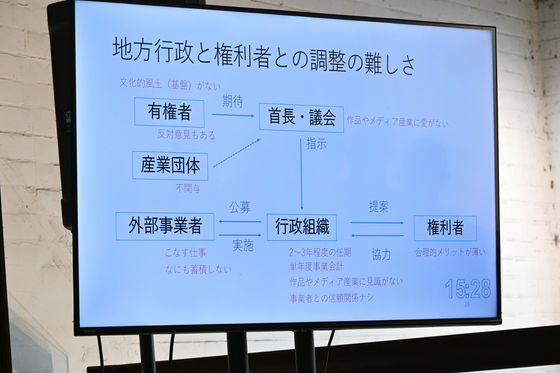
Regarding these issues, Otsubo said, 'It's not that the government officials are to blame,' and explained that the government officials are also trying their best. In that respect, 'Machi★Asobi is going well.'
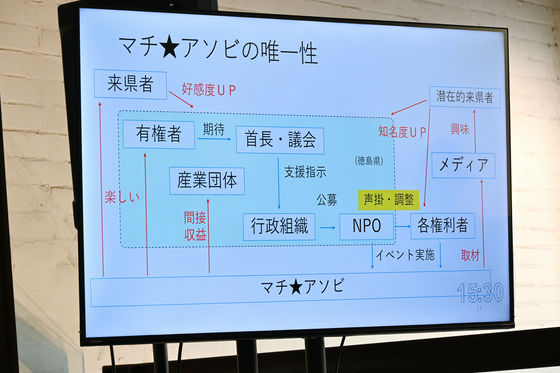
The argument of this lecture is that when it becomes difficult to host events from here, difficult to attract industries, and impossible to promote sacred sites, what is still possible is to host an archive facility that is not dependent on local ties. For example, Otsubo himself is a tank lover, and has visited tank museums in remote areas of England and France. No matter where the location is, if you are a tank lover, you will visit.
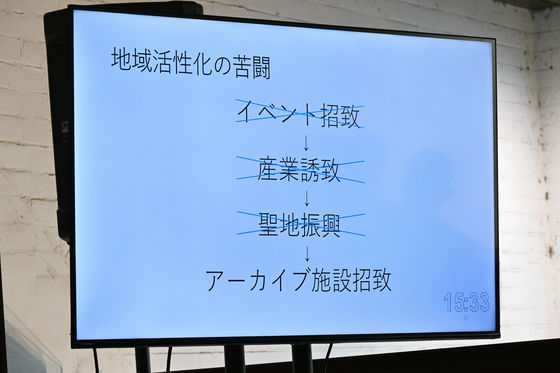
Japan is dotted with museums that collect anime and special effects materials, such as the Sukagawa Special Effects Archive Center, the Kadokawa Musashino Museum in Tokorozawa, and the Tokyo Anime Center in Shibuya.
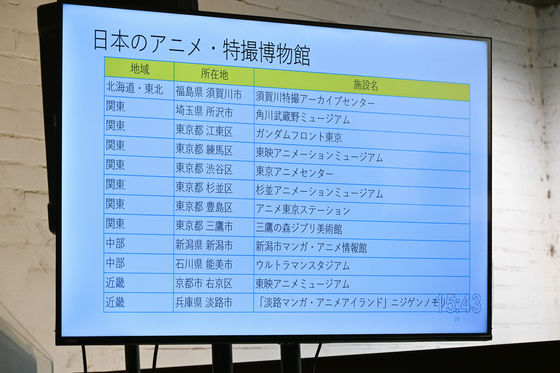
Otsubo defines archives, libraries, and museums as all facilities for preserving materials, but archives are for researchers and other interested parties who preserve primary materials for research, while libraries are places for the general public where materials can be viewed, so it is important that the contents of the materials can be seen and reproductions are OK. Museums are places where materials are exhibited to the general public, so materials that are not reproductions are best.

The Agency for Cultural Affairs is developing a storage facility at the Sagamihara branch of

In addition, the following are some things that should be done to preserve valuable anime and special effects materials for future generations:
・Industry (individuals): Keep it as is. Consult with us before disposing of it.
-Industry (corporations): If the cost of warehouse rent is becoming a burden, please consult us.
・Individuals: Keep it as it is. Take a photo.
・Researchers: Collaborate with those conducting quantitative or area-specific research.
・Government (legislators): Pay a little attention to the actions of the country and central government ministries.
・Government (staff): Be aware of the activities of the Agency for Cultural Affairs, the Ministry of Economy, Trade and Industry, and similar local governments.

By the way, I visited the Sukagawa Special Effects Archive Center when it was opening and have written a report on what it was like, so please use it as a reference.


Related Posts:
in Coverage, Posted by logc_nt

